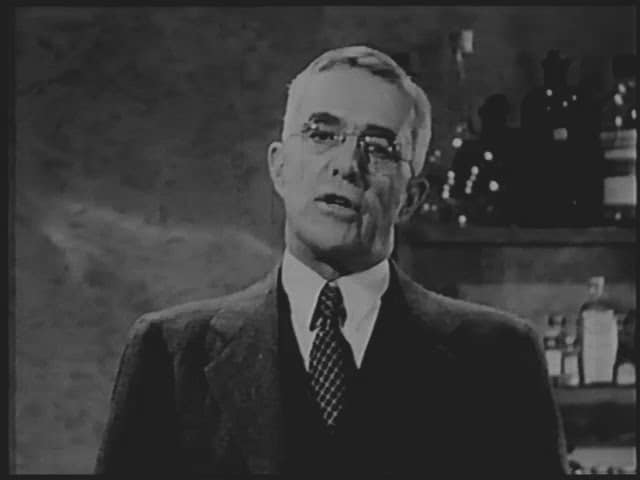Championing Chemistry: The Enduring Legacy of Irving Langmuir

Irving Langmuir (31 January 1881– 16 August 1957) was a renowned American chemist and physicist who made significant contributions to the fields of surface chemistry, chemical engineering, and atomic physics.
Life and Career
Irving Langmuir was born on January 31, 1881, in Brooklyn, New York Langmuir’s educational journey began at Columbia University, where he earned his Bachelor of Science degree in metallurgical engineering in 1903. He then pursued a doctoral degree in chemistry from the University of Göttingen in Germany, where he conducted research under the guidance of Nobel laureate Walther Nernst. Langmuir’s studies during this time laid the foundation for his future work in the field of physical chemistry.
Langmuir’s most significant contributions revolved around his pioneering work on surface chemistry and the behavior of molecules at interfaces. He developed the concept of the “monolayer,” which refers to a single layer of molecules on a surface, and he formulated the Langmuir adsorption isotherm, a fundamental equation describing how molecules adsorb onto surfaces.
His research also extended to the field of atomic physics, where he made important contributions to the understanding of gas discharge phenomena. Langmuir’s work on gas-filled electric lamps led to the development of the high-vacuum tube, which laid the groundwork for advancements in electronics and the eventual development of the vacuum tube technology used in early computers.
Irving Langmuir passed away on August 16, 1957, at the age of 76.
Award and Legacy
In 1932, Irving Langmuir was awarded the Nobel Prize in Chemistry for his groundbreaking work on surface chemistry, specifically his discoveries and inventions in the field of adsorption phenomena and for his elucidation of the structure of gas-filled electric discharge lamps.
Langmuir’s legacy endures through his numerous contributions to scientific knowledge and technological advancements. His concepts and theories continue to be applied in various fields, from materials science to chemical engineering. His interdisciplinary approach and ability to connect theoretical insights with practical applications have inspired generations of scientists and engineers.
Observer Voice is the one stop site for National, International news, Sports, Editor’s Choice, Art/culture contents, Quotes and much more. We also cover historical contents. Historical contents includes World History, Indian History, and what happened today. The website also covers Entertainment across the India and World.

